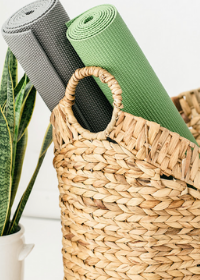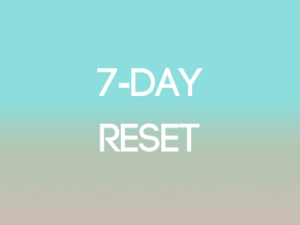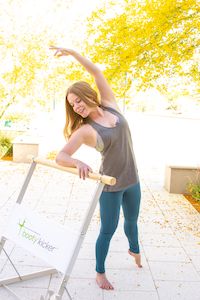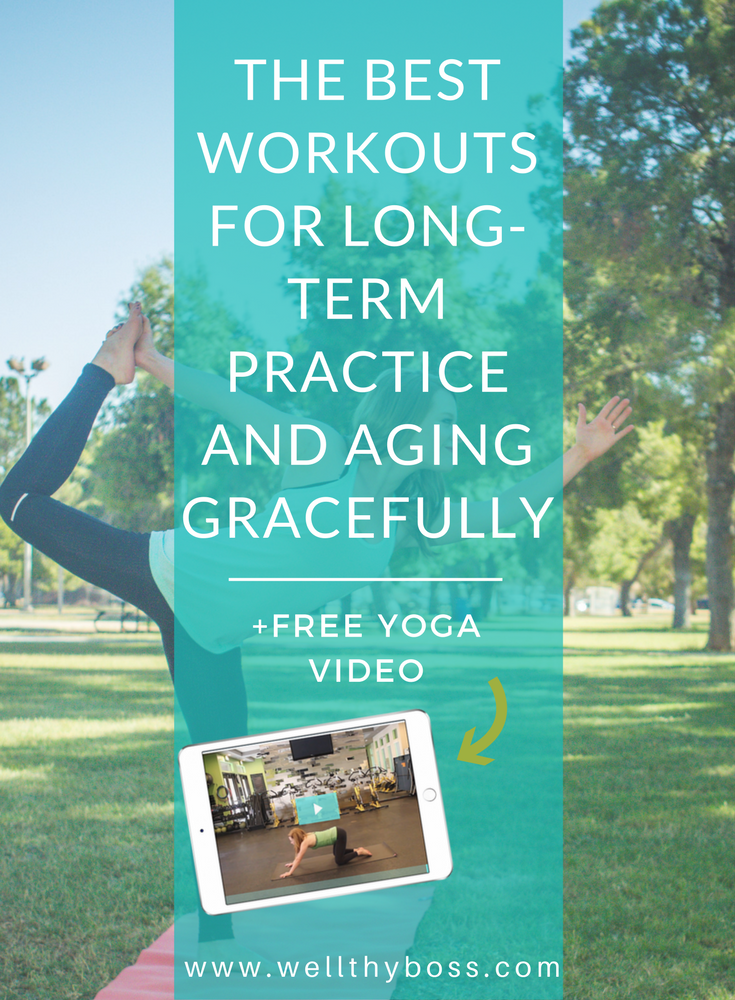
Podcast: Play in new window | Download
Subscribe: RSS
When building your business plan, you’re always aware of balancing your short-term income with your long-term, sustainable goals.
You need to pay your bills this month, but you also need to grow your income over the next decade and invest for retirement.
If you put all your energy into a creating a product that you knew would never make money after this year, that would probably be considered bad business.
So why, when we put ourselves on a workout routine, do we not also plan ahead and consider our future bodies?
When it comes to getting better about exercise, we need to consider the long game.
Many of use exercise to treat what we believe to be the problem of weight gain.
But weight gain itself isn’t the problem. Weight loss is an external symptom of the true problem–which is a lack of healthy habits.
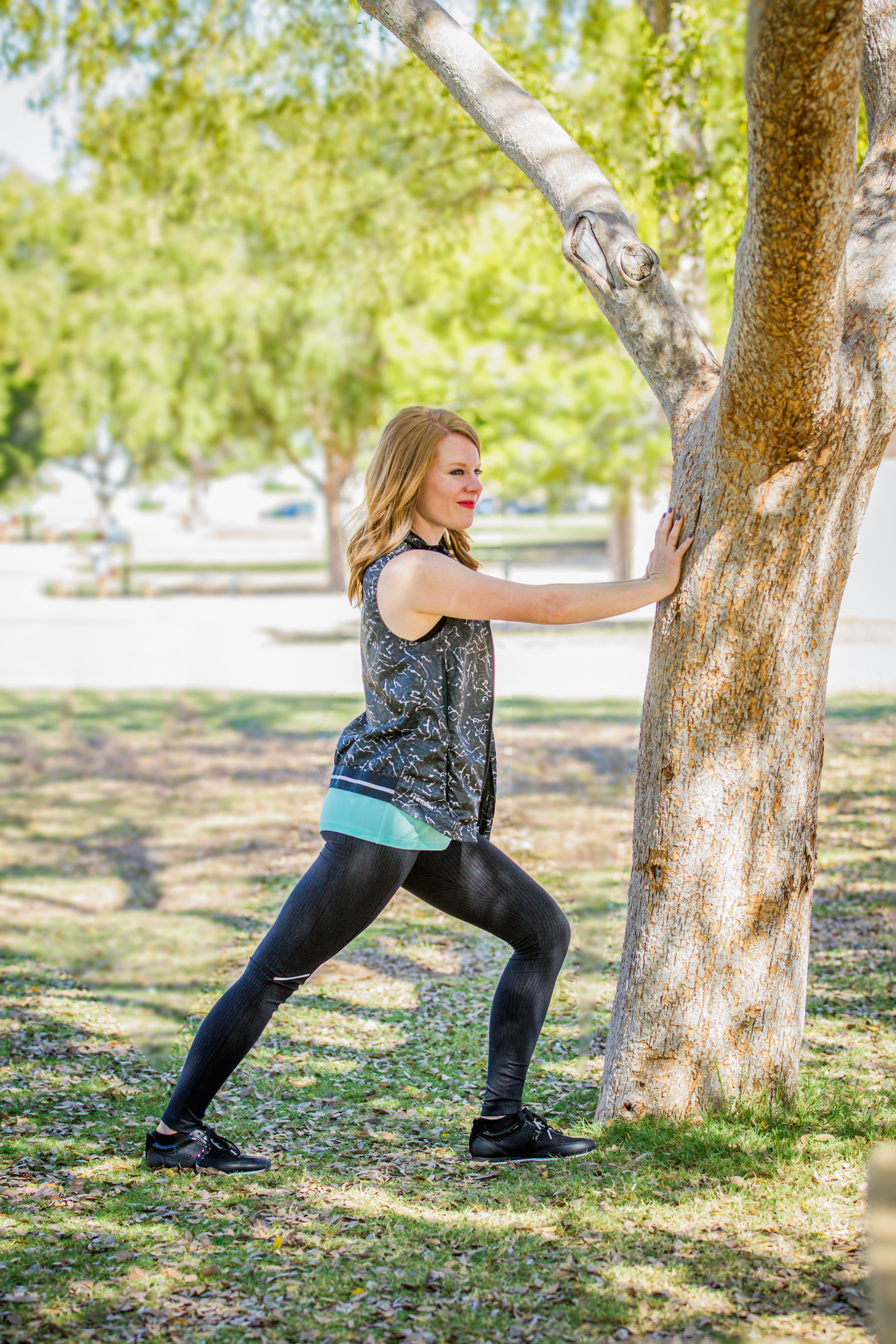
Attacking the symptom of weight loss–i.e., trying to lose as much weight as quickly as possible–can lead to some shortsighted behaviors that, at best, don’t give us a long-term benefit and, at worst, could actually impinge on our long-term health (including our weight.)
While doing too much exercise or inappropriate types of exercise can quickly lead to mental burnout and a lack of motivation, which I talk about a lot in other articles and webinars, the physical toll also must be considered when choosing what type of exercise we want to commit to.
According to the Orthopedic Journal of Sports Medicine, almost 20% of CrossFit participants report injuries within a 6-month training period.
Anecdotally, I see a ton of people come in to the Pilates studio I manage who have significant chronic conditions.
While many of these are caused from lack of activity, poor body mechanics, and excess body weight, almost as many are reported as a result of overuse from things like frequent high-impact HIIT training, running, or heavy weight-lifting.
Even if you’re nowhere close to falling into the “overuse injury” camp, certain workouts are better at keeping you feeling young and healthy long into your golden years.
Today we’ll look at 5 of the best workouts for long-term practice and aging gracefully.
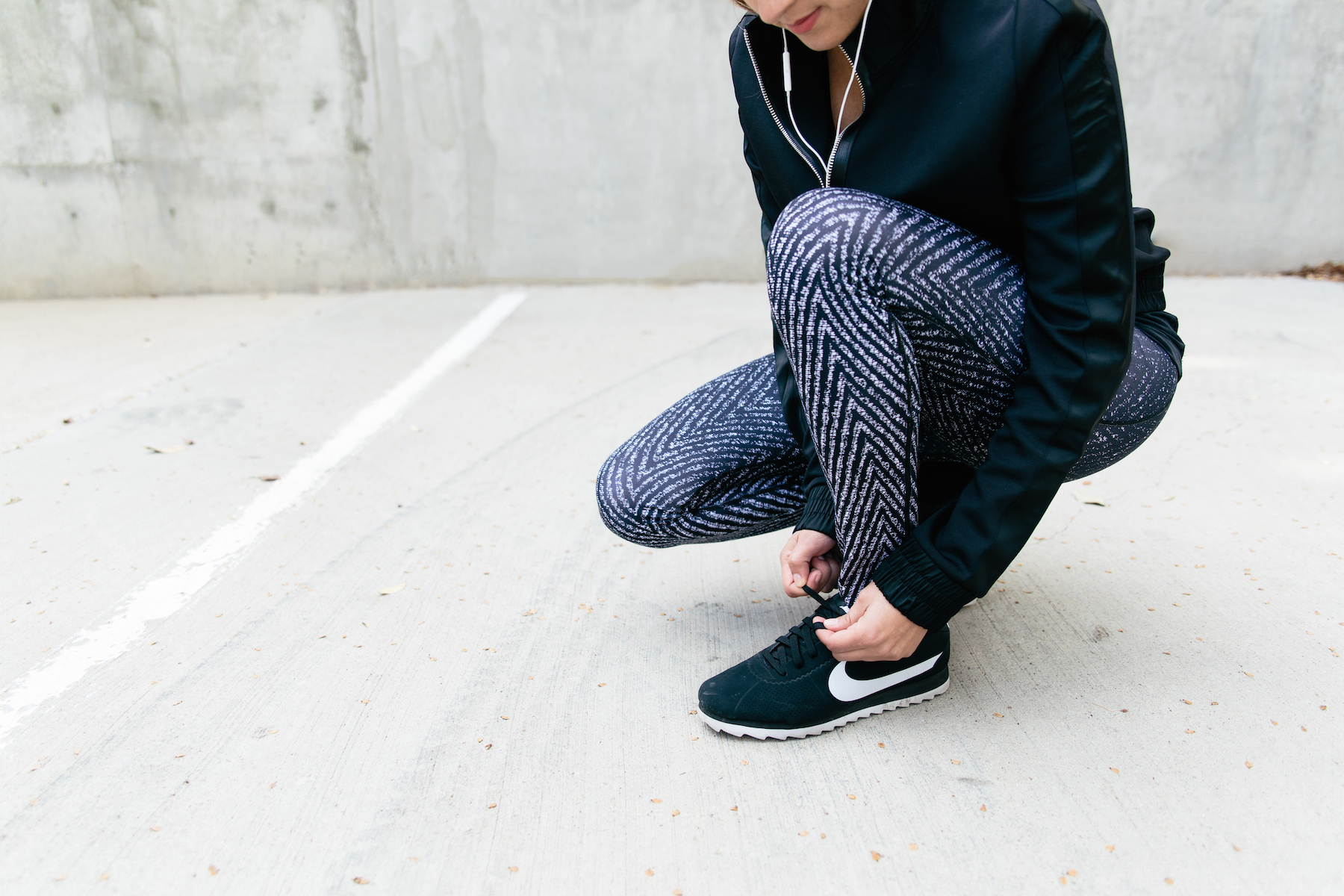
WALKING
Walking is one of the lowest-impact exercises with one of the highest mental health returns.
While walking in and of itself may not lead to the most weight loss compared with some other forms of exercise, it can offer you a lot:
- Improved heart health
- Increase in positive endorphins
- Reduced inflammation, especially when walking in nature, due to the stress-combatting combination of physical movement in the outdoors
- Better digestion
- A gentle placeholder workout during times you’re sick, tired, stressed, or injured
Walking, however, will not deliver all your body’s long-term needs in and of itself, so I recommend it paired with one or more of the following 4 workouts to add the metabolism and bone-density benefits that strength training provides.
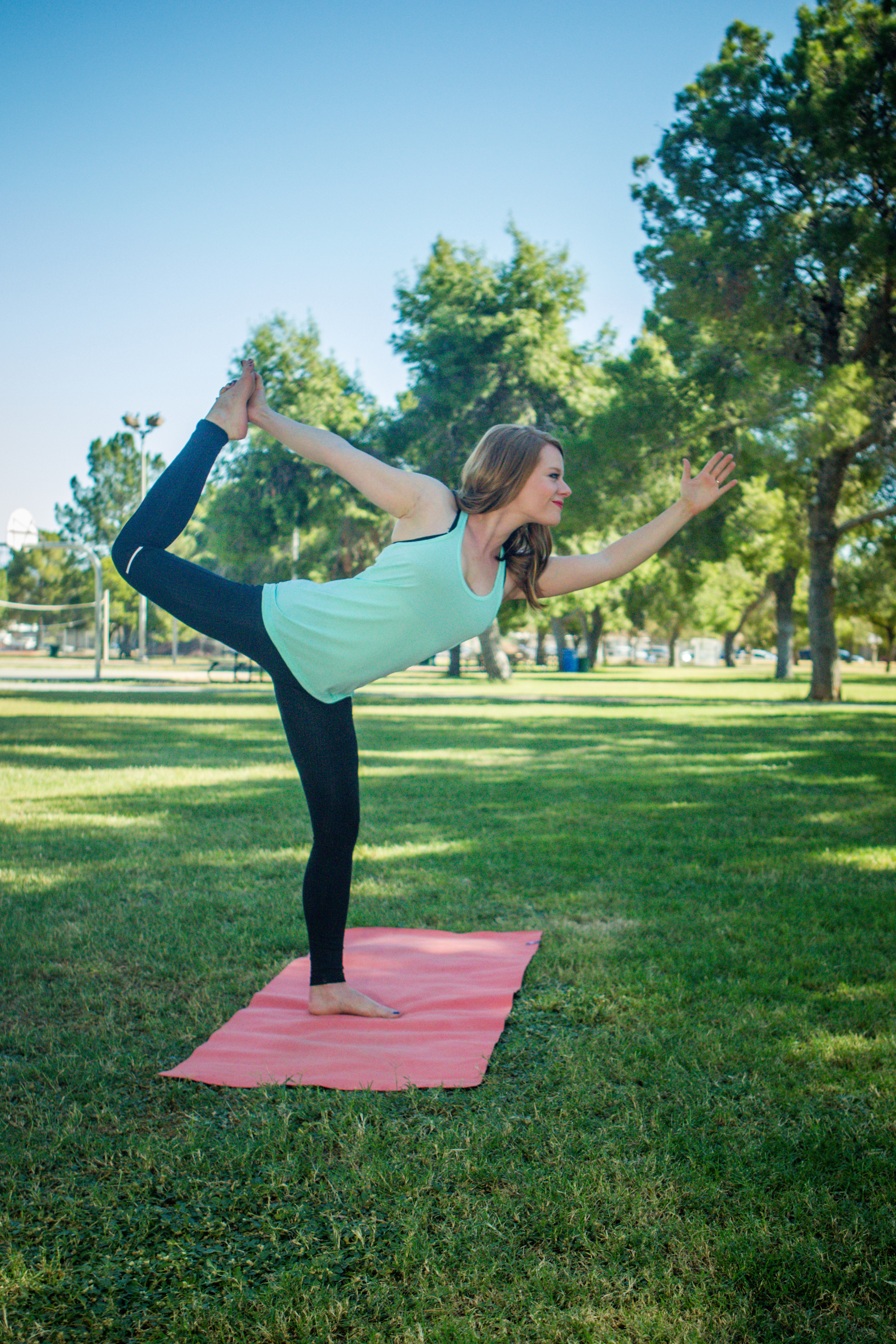
YOGA
If you know me at all, you knew this would make the list, didn’t you?
I’ve been practicing yoga for 10 years, and teaching for 8, and it’s one of the single most beneficial habits I’ve had throughout my 20’s and 30’s.
Yoga simultaneously increases your flexibility, muscle tone, and balance, and can even have cardiovascular benefits depending on the style you take, while obviously having huge psychological benefits.
(For more information on finding the right yoga style for you and in learning about the cognitive benefits yoga has, check out Episode 21 on 5 Reasons a Yoga Practice Is Worth Taking Up.)
Yoga can have a wide variety of intensity levels, so you’ll also find it can be incredibly adaptable to whatever you need that day–from a non-impact calorie torcher to what could be considered by some to be a glorified nap.
Yoga helps your stabilizing muscles better activate to assist major muscles in a movement, meaning that your body is less likely to be imbalanced overall and less prone to injury.
Improving balance is also a superpower of yoga, which may not get a ton of attention in fitness literature but is one of the single most important physical skills to possess to preserve our quality of life in old age.
According to the CDC, 1 in 3 seniors over the age of 65 will experience a fall within a year’s time, and falls are the single biggest cause for nonfatal injury emergency room admissions.
Balance may not be something that someone else notices and compliments you on at the bar, like those sexy shoulder cuts (which you can also happen to get from yoga), but when you’re 70 and skipping around like a teenager to take meals to your friends recovering in the hospital, you’ll be glad you made it a part of your life.
Yoga can also be easily done at home (like with my guided yoga videos) or in a studio setting if you prefer a little community and ambience.
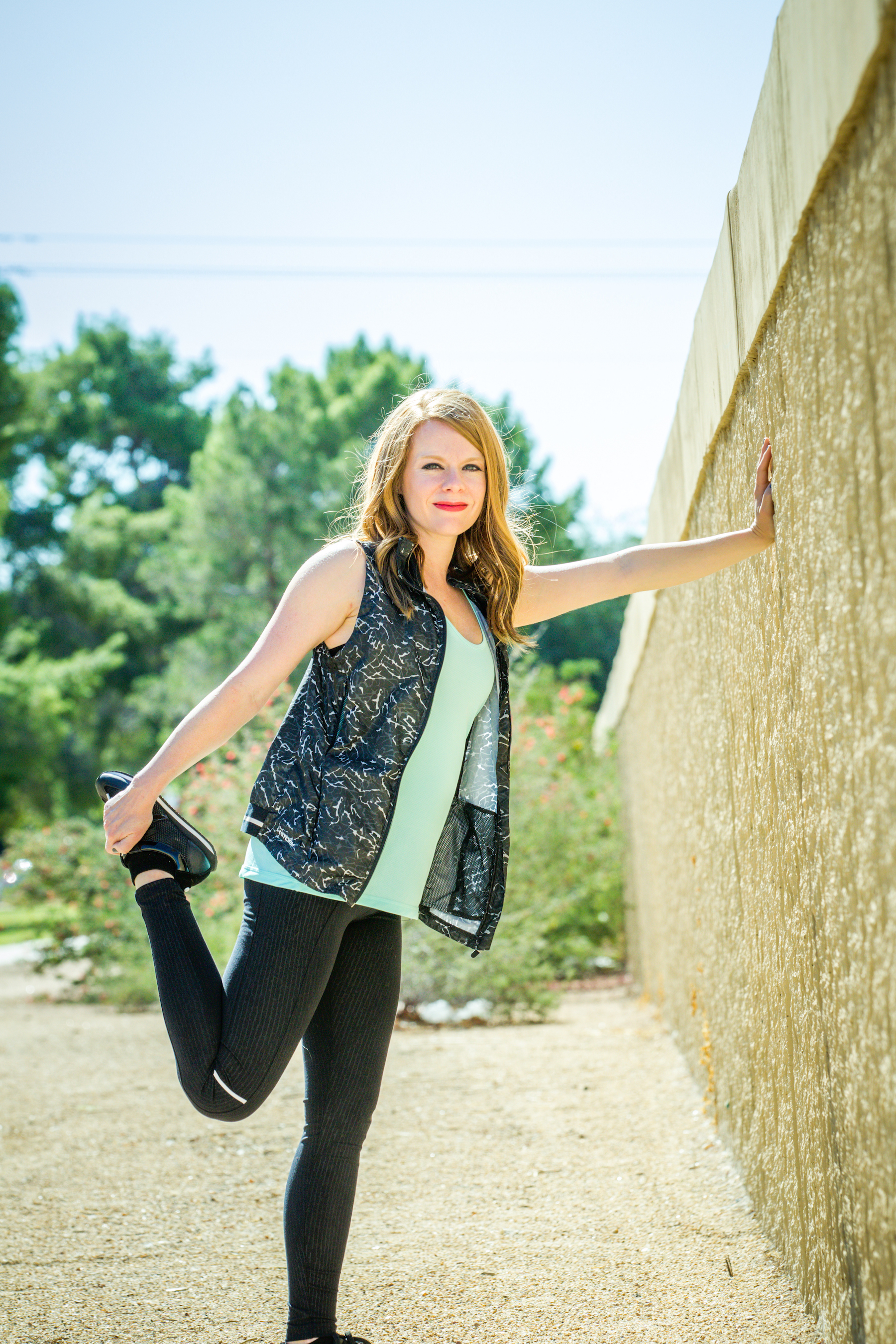
REFORMER PILATES
As much as it pains me to admit, not everyone loves yoga. (Although I still think this is in large part due to the fact that there’s so much variability within yoga.)
Pilates accomplishes many of the same objectives as yoga, especially if done with the specialized equipment like the reformer.
Reformer Pilates uses spring-loaded tension to strengthen the muscles in a functional, full range of motion, and also recruits stabilizing muscles similar to yoga.
It’s also more predictable than yoga; while there are a few different varieties or styles of Pilates, the general repertoire is much more consistent than yoga.
(Part of this is due to the number of poses themselves–while Pilates has a respectable 500 official movements in its repertoire, yoga has been reported to have thousands of variations of its “asanas,” or physical poses.)
While mat Pilates can easily be practiced at home, unlike reformer Pilates unless you shell out several thousand for a personal machine, mat Pilates doesn’t offer the same full-body bennies as reformer Pilates.
Mat Pilates can be an effective way to train for strength in your core, but leaves out the sculpting and metabolic benefits of working out your limbs.
So if mat Pilates is all that’s accessible to you, make sure you’re also incorporating some other type of strength training for your legs and arms, such as:
BARRE
If you want the ultimate multi-tasking workout–cardio, strength, and flexibility–all while being low-impact on the joints–you’ll fall in love with barre workouts.
I teach the Barre Above method, which incorporates a neutral spine and full-range reps to build up muscles and balance in a functional way.
Barre feels pretty–the ballet-inspired movements allow you to channel your inner ballerina–but all the lateral motions and tons of squats and plies will get you out of breath in no time!
While barre is a fantastic way to sculpt your booty, legs, and midsection while challenging your standing balance like no other, some classes also incorporate upper body work with weights, resistance bands, or push-up and plank variations.
Fun fact: many barre exercises can actually be done without a barre!
While most barre classes include little to no hopping, jumping, or pounding on joints, the repetitive movements of the squats and plies can still be a little tricky if you have knee pain, so take the movements at your own pace.
Barre is also a pretty physically demanding workout, so you’ll want to be sure to include plenty of active recovery days when practicing.
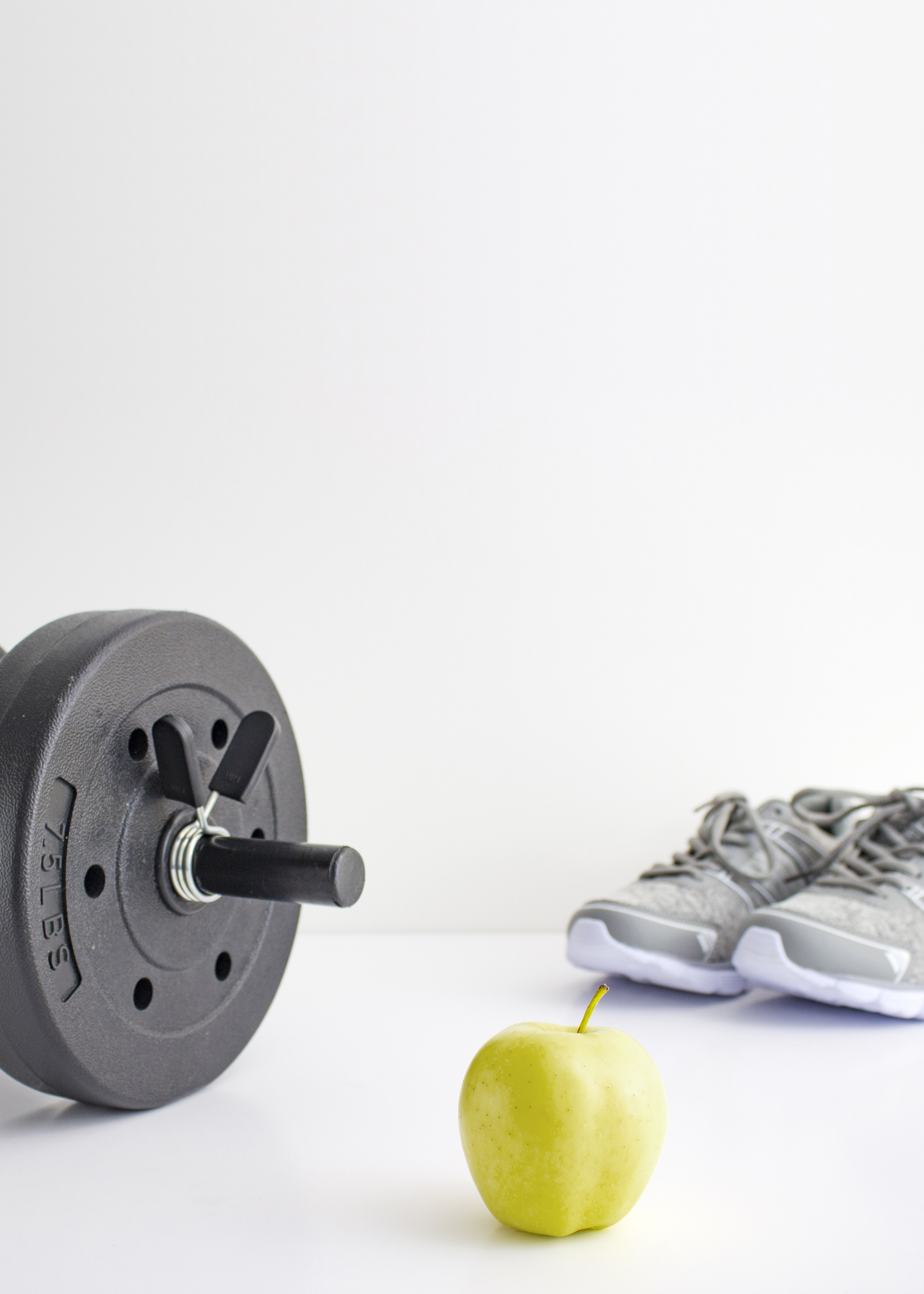
WEIGHT-LIFTING
Muscle tone tends to decline after age 35, and with that, so does our metabolism.
(Unless, of course, we are proactive and do something about it!)
Lifting heavy weights is still one of the best metabolic things we can do to preserve our body’s natural production of Human Growth Factor (which is sometimes referred to as the body’s “fountain of youth”) and tout lean, sexy muscle tone.
In fact, lifting weights is without a doubt the single-most effective workout I do to get the physical results and shape I like.
But lifting weights comes with a caveat. Lift too heavy or with poor form (which is a typical combo–especially for men) and you can easily set yourself up for injury.
Men struggle with this more, but it can be a reality for both men and women. While muscles will continue to adapt under resistance and can grow stronger and stronger, there is a set point for ligaments and tendons that eventually can’t keep up with the progressive overload of the muscles when overdone.
The key things to keep in mind with lifting weights is to ensure proper form and lift only as much weight as you can do with strict posture, and without feeling like you’re at risk for dropping or twisting with the weights.
For the general population, I prefer free weights to machines because they also recruit the stabilizing muscles, training the body to work as a whole and prevent injuries and imbalances.
IN SUMMARY
The perfect workout is the one you’ll actually do.
With that being said, finding your perfect combination of cardio, strength, flexibility, balance, and mental release in a way that’s gentle on the joints will help keep you energetic, strong, mobile, and looking great for years to come!
Want to get started right away? Download my free 25-minute Yoga + Cardio Circuit Workout Video!
FREE YOGA + CARDIO CIRCUIT VIDEO


